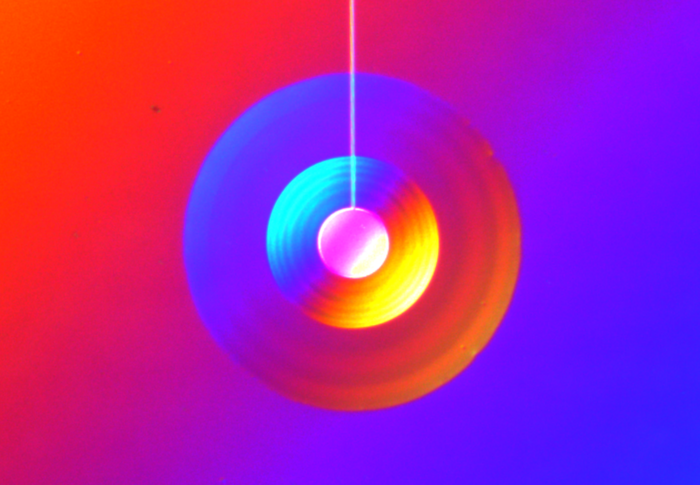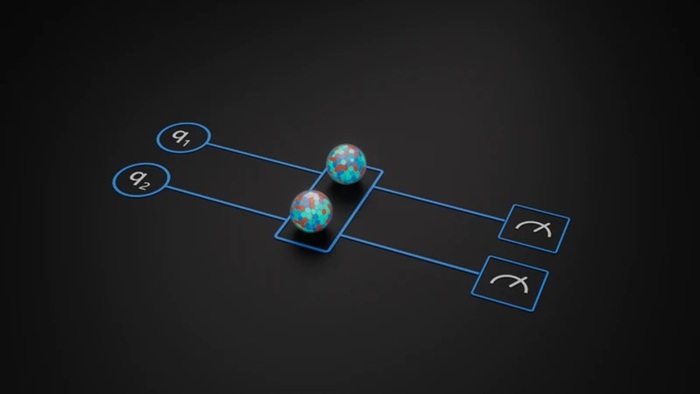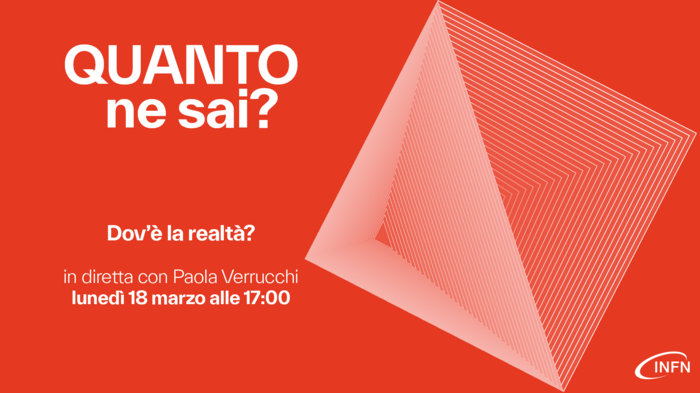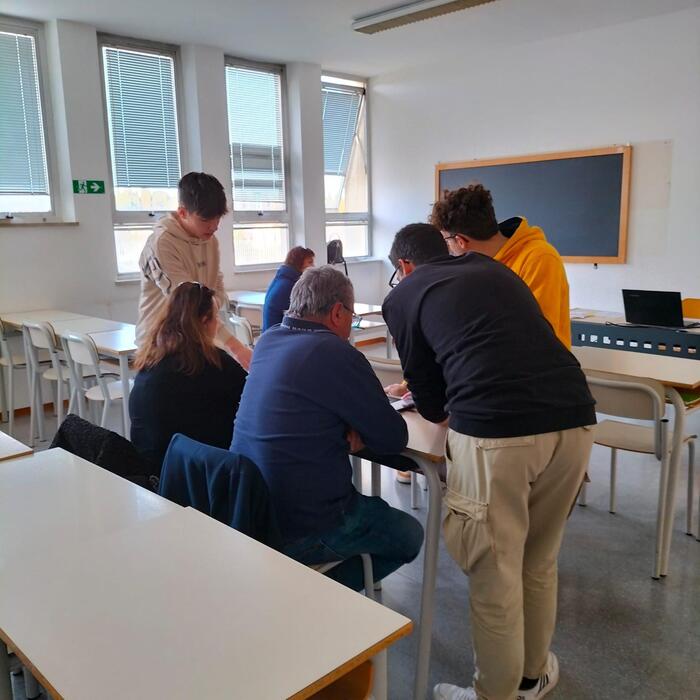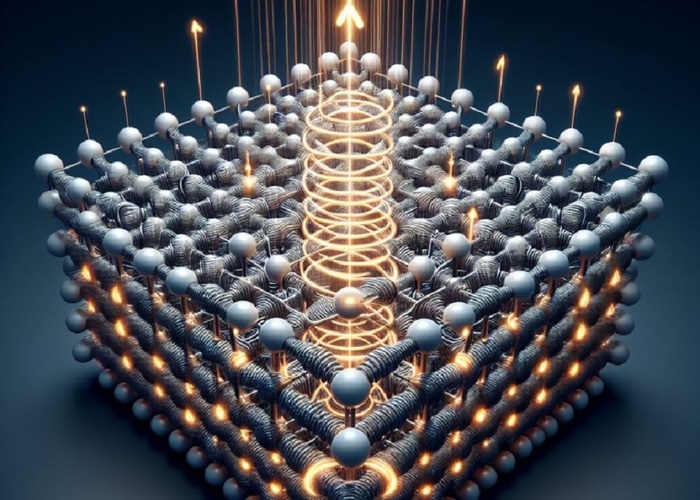Thanks to a sapphire lens, for the first time it was possible to extract essential information from a hybrid system, partly quantum and partly mechanical, without it being destroyed during the operation: this is an important step towards quantum computers, created thanks to a study by the Federal Polytechnic of Zurich (Eth) published in the journal Nature Physics.
"This is in particular an important contribution in the field of memories, those used in computers: this type of systems, in fact, has an extra gear in storing information, it is able to keep it much longer", he explains to the ANSA Francesco Marin, professor at the University of Florence and researcher in the field of quantum optomechanics.
Mechanical quantum systems are made up of massive objects in which mechanical movement, such as vibration, is quantized, i.e. divided into packets with discrete values.
The researchers led by Uwe von Lüpke used a very thin sapphire lens, less than half a millimeter thick.
Above it they placed a device that transforms electrical energy into mechanical energy, able to excite the acoustic waves diffused in the lens, which can be quantized in units of energy called phonons.
"This is not the first time that phonon readings have been performed," adds Marin, "but usually the measurement involves the destruction of the system."
To overcome this problem, the authors of the study created for the first time an interface between the mechanical system and superconducting qubits: tiny electronic circuits that represent the basic building blocks for building quantum computers.
"The researchers were able to use the qubits to read the desired information, thanks to an interaction that is light enough not to disturb the system", explains the researcher of the University of Florence.
This made it possible to extract very specific information: whether the number of phonons were even or odd.
"The information extracted, in fact, must be minimal to avoid destructive interference - concludes Marin - and knowing the state of parity of the phonons is essential to understand if the system has been altered".

